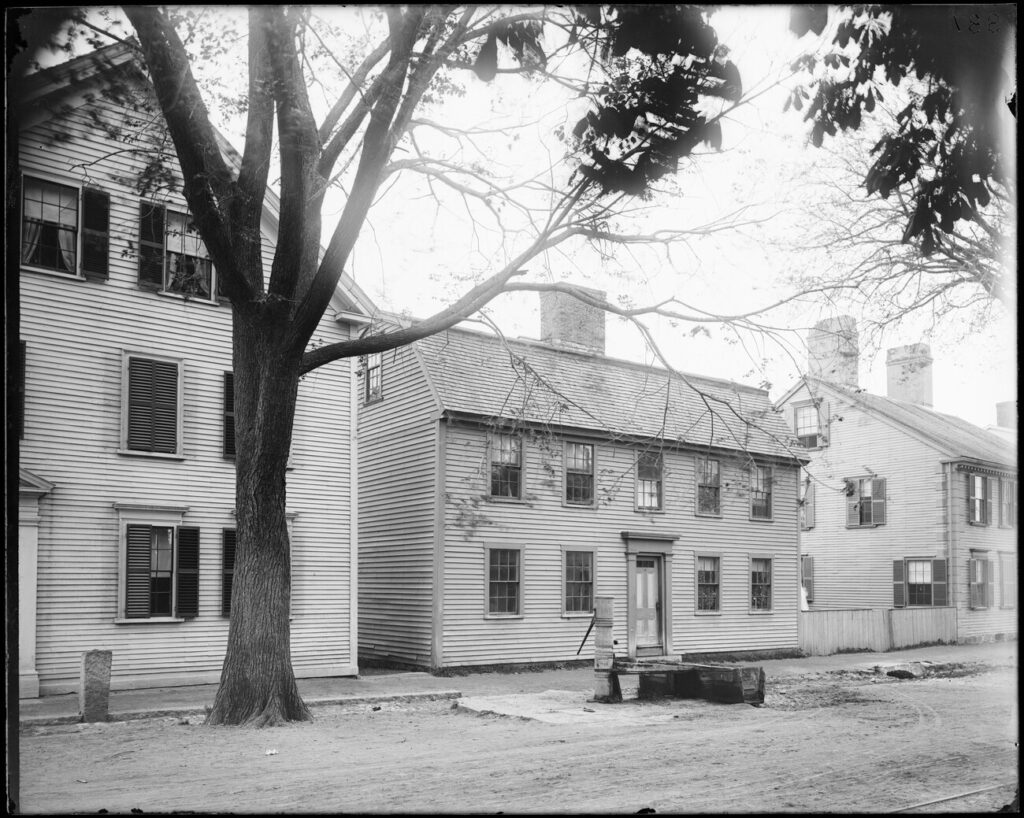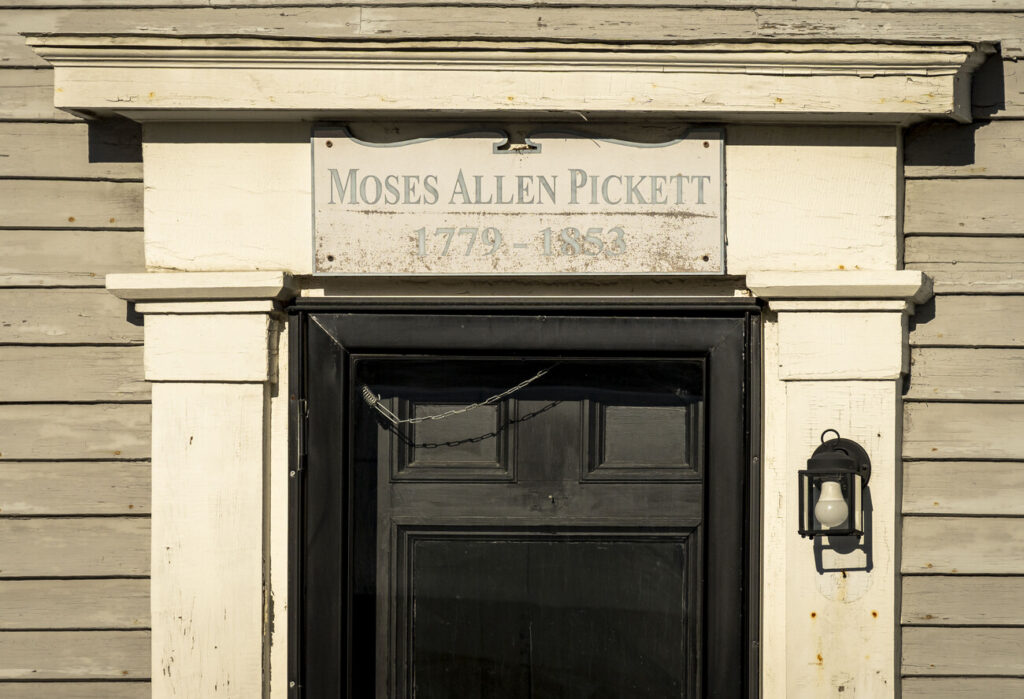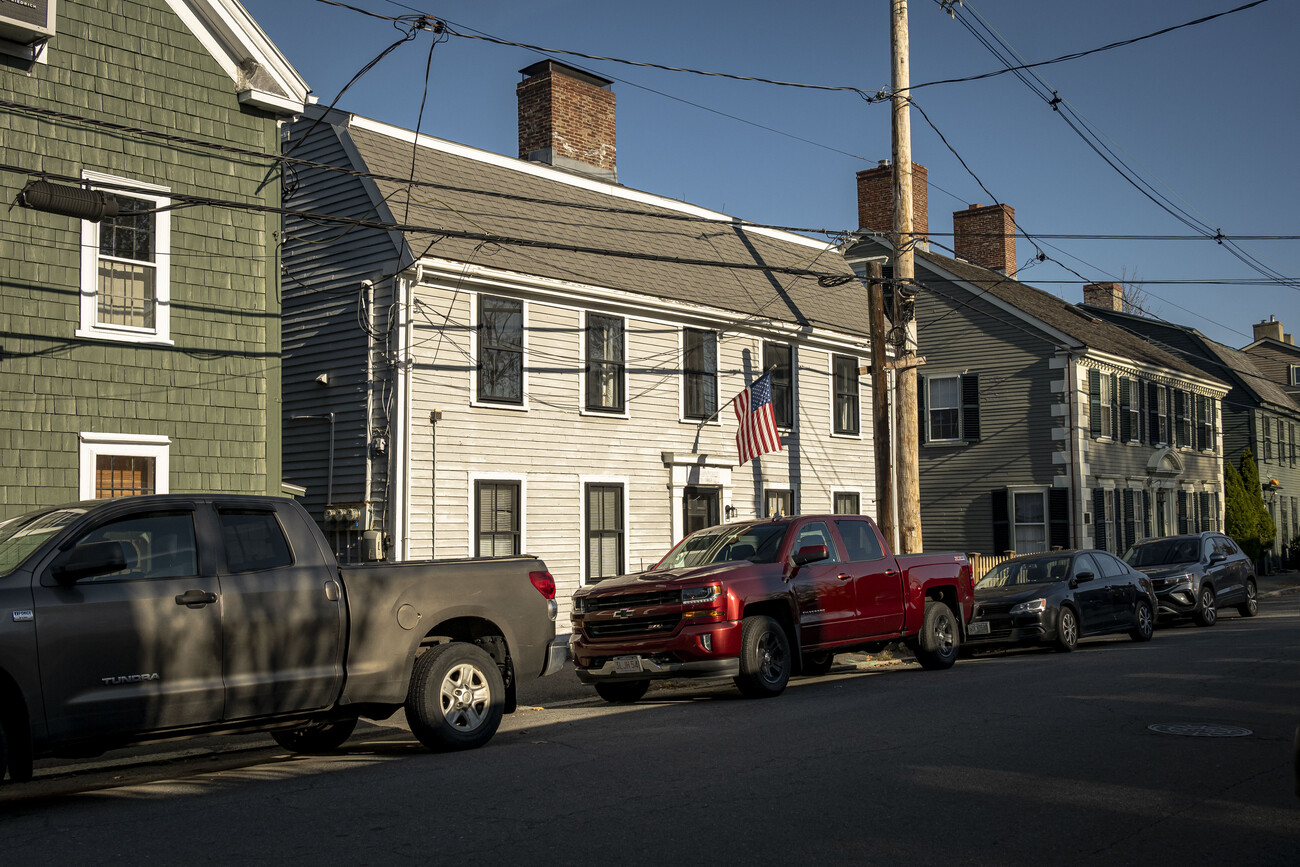You know what I’m thankful for? The endless supply of strange and wonderful stories I come across in the Marblehead Historical Commission and Massachusetts state archives.
Every week, I wonder if this will be the week I have to really struggle to find an interesting building, or worse, that I will run out of ideas all together. After all, it has been more than a year of “Historic Building of the Week.”
However, that time has not come. Again, I have found something in the archives that piqued my interest. Hopefully, 10 Franklin St. will pique yours too.
The building at 10 Franklin St., also known as the Moses A. Pickett house, is owned by the Town of Marblehead — but it did not start off like that. It was once a privately owned residence much like any other mid-18th century house in Marblehead.
And like any other mid-18th century house in Marblehead, the house was home to many notable figures. According to documents from the Massachusetts Cultural Resource Information System (MACRIS), a “prosperous merchant prior to the Revolution” named Capt. Richard James once lived at 10 Franklin St. Later, in 1796, Uriel Crocker was born at the house. This is the same Crocker after whom Crocker Park is named.
And then there was Moses A. Pickett, whose name is most commonly associated with the building. The MACRIS records state that Pickett was an eccentric— an artist who painted pictures “of green cows and horses eating red or blue (grass)” on the windows, wore a cape and tall hat, and was so tall himself that children were scared of him.

Samuel Roads Jr.’s “A Guide to Marblehead” paints an even more interesting picture of Pickett. “He kept a small store, and was thought to be a miser.” But contrary to this assumption, it turns out Pickett was quite charitable. His last will and testament, dated Oct. 27, 1852, left the house to the town to be rented out to those often forgotten by society.
The document reads “I give, devise, and bequeath all the rest and residue of my property both personal and real, to the inhabitants of the Town of Marblehead forever, to be received, held and managed by the overseers of the poor of said town and their successors in office, in trust.”
Pickett had specific intentions for the building and the money he left behind (Roads values it at nearly $13,400, today more than $500,000), namely “to comfort the widow and the fatherless, the aged, the sick and unhappy, such persons being inhabitant of said Town of Marblehead.”

His will continues, “My wish is, that the said overseers retain the real estate herein devised, and keep it in repair and let it to widows at a moderate rent, said widows being natives of said Town of Marblehead, the income to be expended at such time, and in such manner, and for such articles, as the said overseers for the time being may think advisable and proper, and on the decease of the above named… to appropriate the whole income of said trust property to the relief and comfort of said poor persons.”
Pickett’s posthumous generosity has stretched through the centuries. As the holidays rapidly approach, I think we ought to try to emulate the kindness this building represents.

